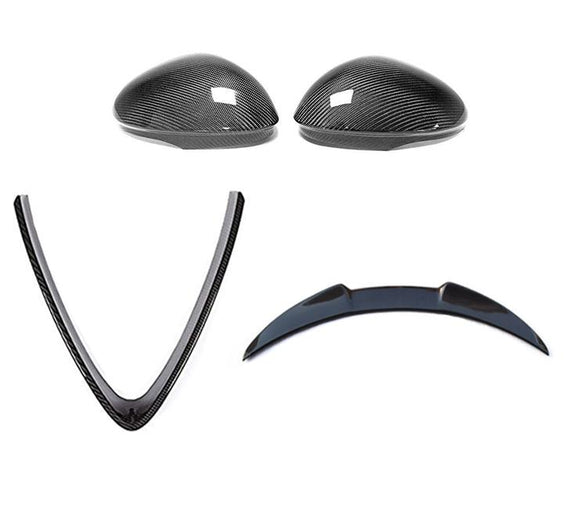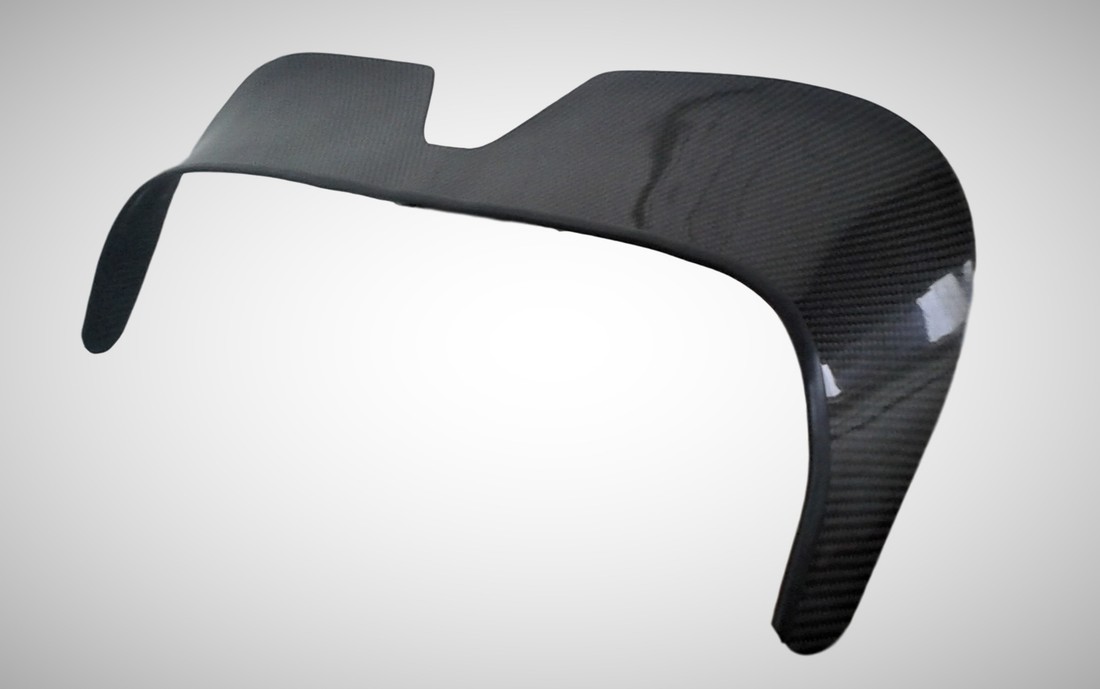
Carbon fiber is the key to lighter, stiffer, and cooler gear. But it’s expensive compared to more traditional materials. Why is that?
One answer is the cost of manufacturing. But there are many more factors at play. This article will explore the raw materials, manufacturing process, curing time, and more that go into making carbon fiber parts.
Raw Materials
Generally speaking, carbon fiber is expensive to manufacture. The high cost of raw materials is one reason why.
Manufacturers start with a precursor polymer like PAN or rayon and use heat and chemical agents to transform the organic material into carbon. This process is known as carbonization, and it takes a lot of energy to get the right outcome.
The end result is long strings of carbon atoms that are reinforced to achieve tensile strength and resistance. These long strings must be woven into resistant and flexible products, which is time-consuming and labor-intensive.
These carbon fiber products can then be used for a wide range of applications. For instance, carbon fiber is popular in the automotive industry for its strength-to-weight ratio. Its light weight allows cars to travel faster and more efficiently without sacrificing structural integrity. The material is also used in medicine, as it shows up transparent on X-ray images and is useful in prosthetics.
Manufacturing Process
The production process for carbon fiber is much more expensive than that of metals like steel and aluminum. This is due to the fact that carbon fiber requires several steps to create, which adds up in labor and materials costs.
The precursors used to make carbon fiber are derived from polyacrylonitrile or rayon, and sometimes petroleum pitch. These are organic polymers with long strings of molecules bound together by carbon atoms. The exact combination of precursors varies from one manufacturer to the next, and it’s often a trade secret.
Carbon fibers have to be chemically stabilized before they’re ready for fabrication into a finished product. Stabilization converts their linear atomic bonding into a more thermally stable ladder-like structure.
Once the precursors are stabilized, they’re combined with other materials to create pre-preg sheets. These are then cured in an autoclave to form a finished part. Alternatively, the woven carbon fiber is hand laminated using resin in a process called wet lay-up.
Curing Time
Carbon fiber is made of incredibly thin, yet remarkably strong, strands of carbon that are heated to high temperatures without oxygen. This process causes the atoms in the carbon to vibrate, and it displaces most non-carbon atoms. This creates a strong, durable material called graphite.
These strands are then coated with a resin that acts like glue and gives carbon fiber parts their strength and stiffness. Carbon fiber is five times stronger than steel and twice as stiff as aluminum, but it is also very lightweight. This makes it ideal for high-performance products and components.
Once the prepregs are cured, they can be molded into any shape. This is what allows carbon fiber to be used in everything from airplanes to bike frames. Using 3D printing to produce molds and patterns for the fabrication of carbon fiber parts can help lower costs while shortening production time. This is a growing practice that is being used to replace metal tools in many manufacturing processes.
Repairability
Carbon fiber is incredibly strong and lightweight, but it’s not indestructible. Like any other material, it can be damaged from collisions or through wear and tear. This damage can lead to delamination or cracks.

Repairing carbon fiber can be a complex task that requires special knowledge, tools and equipment. Many of these new tools and techniques are different from those used to work with aluminum or steel parts.
While carbon fiber may be expensive to make, it is also remarkably durable. Pound for pound, it is stronger and stiffer than aluminum or any other metal.
While light bodywork scratches are easy to deal with, deeper carbon fiber tears might require replacement instead. This is something that should be carefully assessed by a shop owner. It’s important to know when it makes sense to repair carbon fiber and when a replacement part is needed. Check out our automotive training courses for more information.






























